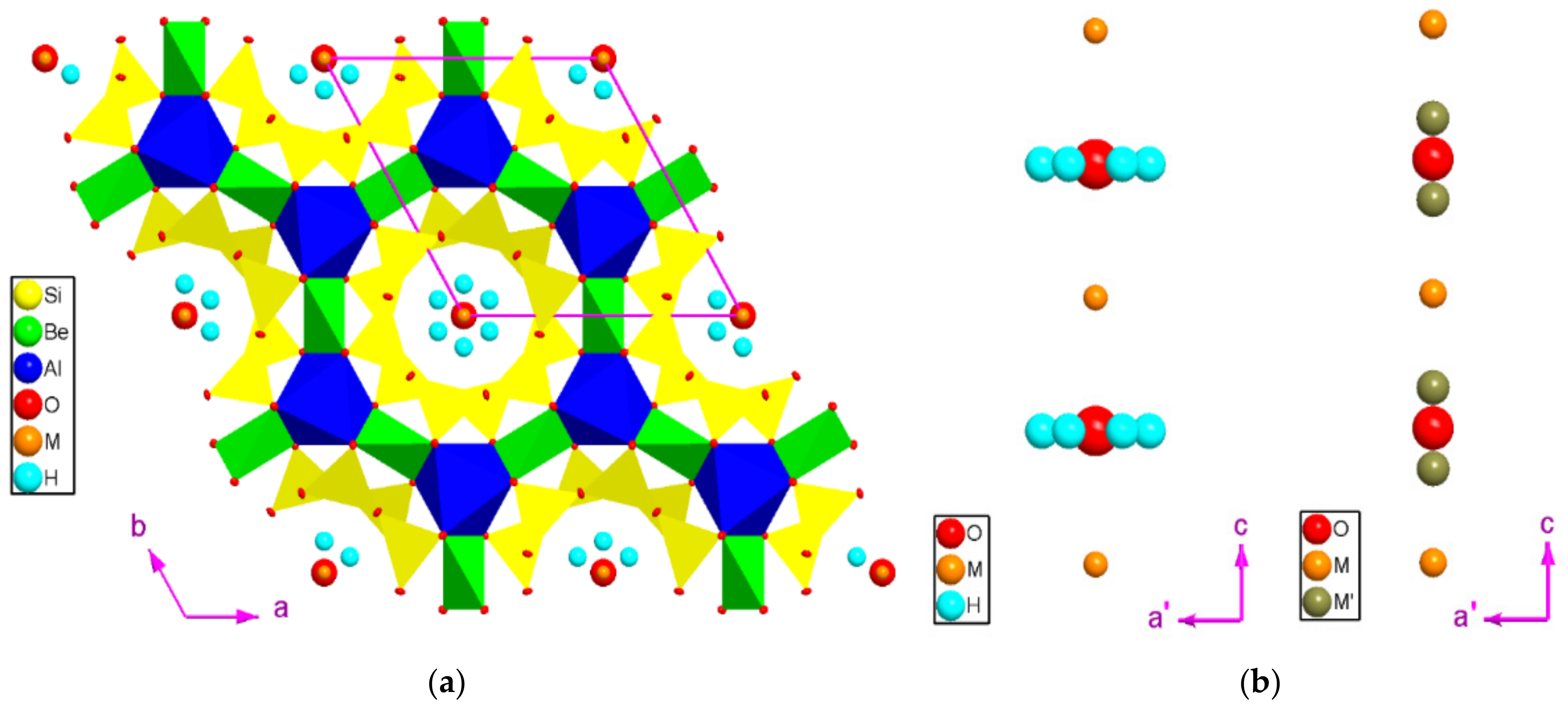Hurricane Beryl’s Path and Impact: Nhc Beryl

Nhc beryl – Hurricane Beryl emerged as a tropical storm on July 5, 2018, and rapidly intensified into a hurricane the following day. It made landfall in Dominica on July 7th as a Category 1 hurricane, bringing heavy rainfall and winds of up to 90 mph. Beryl continued its path northwestward, passing near Puerto Rico and the Dominican Republic before making a second landfall in the Bahamas on July 9th as a Category 3 hurricane.
The National Hurricane Center (NHC) is keeping a close eye on Hurricane Beryl as it moves through the Atlantic Ocean. Forecasters are using spaghetti models to predict the storm’s path, which could potentially impact the United States. The spaghetti models show a wide range of possible tracks for Beryl, so it’s important to stay informed and follow the latest forecasts from the NHC.
The hurricane brought widespread damage to the islands it affected, with Dominica and Puerto Rico being particularly hard hit. Dominica experienced severe flooding and landslides, resulting in at least 6 deaths and widespread infrastructure damage. Puerto Rico also faced significant flooding and power outages, with many areas still without power several days after the storm passed.
Wind Speeds and Rainfall Amounts
Hurricane Beryl brought high winds and heavy rainfall to the areas it affected. Wind speeds reached up to 125 mph in the Bahamas, with gusts of up to 150 mph. The storm also produced torrential rainfall, with some areas receiving over 12 inches of rain in a 24-hour period.
Hurricane Beryl is a reminder that we need to be prepared for anything. That’s where spaghetti models come in. These models can help us predict the path of a hurricane, so we can make sure we’re taking the necessary precautions.
Hurricane Beryl is a good example of why we need to be prepared. The storm was originally predicted to hit the Gulf Coast, but it ended up taking a turn and heading towards the East Coast. If we hadn’t had spaghetti models, we wouldn’t have been able to predict this change in course, and we would have been much less prepared for the storm.
Storm Surge
In addition to high winds and rainfall, Hurricane Beryl also produced a significant storm surge. The storm surge reached heights of up to 10 feet in some areas, causing flooding and damage to coastal communities.
Emergency Response and Recovery Efforts

In the face of Hurricane Beryl’s destructive force, emergency response efforts were swiftly mobilized to mitigate its impact and assist affected communities. Government agencies, aid organizations, and countless volunteers played crucial roles in providing timely assistance.
Government Agencies
- Federal Emergency Management Agency (FEMA): Coordinated disaster response efforts, providing financial aid, debris removal, and shelter assistance.
- National Weather Service (NWS): Issued timely weather forecasts and warnings, helping residents prepare and evacuate.
- Local and state governments: Activated emergency operations centers, deployed emergency personnel, and coordinated recovery efforts.
Aid Organizations
- American Red Cross: Provided shelter, food, and medical assistance to displaced residents.
- Salvation Army: Offered meals, emotional support, and spiritual guidance to affected communities.
- World Vision: Provided clean water, hygiene kits, and child-friendly spaces.
Volunteers
Countless volunteers stepped up to assist in relief efforts. They helped with debris removal, provided food and supplies, and offered emotional support to those in need. Their selfless contributions played a vital role in the recovery process.
Recovery Process
The recovery process following Hurricane Beryl was complex and challenging. Affected communities faced significant damage to infrastructure, housing, and businesses. Recovery efforts focused on rebuilding homes, restoring essential services, and providing financial assistance to those who lost everything.
Challenges
- Extensive damage: The hurricane’s powerful winds and storm surge caused widespread damage, making it difficult for residents to return home.
- Limited resources: Affected communities often lacked the resources necessary for immediate recovery, such as building materials, food, and clean water.
- Insurance issues: Many residents faced delays or denials in insurance claims, hindering their ability to rebuild.
Lessons Learned and Preparedness Measures
Hurricane Beryl provided valuable lessons for future preparedness efforts. Early warning systems, evacuation plans, and community resilience proved crucial in mitigating its impact.
Early Warning Systems, Nhc beryl
Early warning systems provide timely alerts, allowing communities to evacuate and take necessary precautions. Beryl’s rapid intensification highlighted the need for accurate and timely forecasts to ensure effective response.
Evacuation Plans
Well-defined evacuation plans facilitate organized and efficient departures from vulnerable areas. Beryl’s unpredictable path emphasized the importance of multiple evacuation routes and plans for different scenarios.
Community Resilience
Community resilience is essential for post-hurricane recovery. Beryl’s impact underscored the need for strong community networks, support systems, and volunteer organizations to assist affected individuals and families.